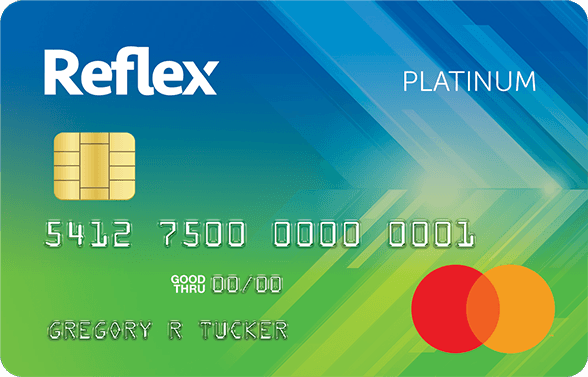Are you planning to get a new card to rebuild your credit history or simply obtain an extra source of much-needed funds? When you have bad credit, you may feel that it’s next to impossible to get approved by credit card providers. You may not have the favorable options people with excellent credit scores have, but you can still use several handy methods to fix your credit history and work your way toward being financially responsible and capable. Read on to discover essential tips to help you get a new card and gradually improve your credit score.
1. Explain negative items found on your credit reports.
Review your credit reports to see if you can reasonably explain any negative items. Experian, Equifax, and TransUnion are the three major credit bureaus that provide you with credit reports, and they let you write up to 100 words to elaborate your financial situation briefly. Make sure to be completely honest. You may pinpoint unforeseen circumstances that were out of your control, especially medical expenses.
Today's Featured Credit Cards
2. Choose a secured credit card.
Unlike typical credit cards, secured credit cards require an initial deposit that becomes your credit limit. Getting a secured credit card helps you establish that you’re a dependable spender. Moreover, it can help you fix your credit history as long as you steer clear of late and missed payments and avoid defaulting on your balance. After some time, you’ll be able to request conversion of your secured card into an unsecured card and get back your initial deposit. If you find it difficult to set aside money for the deposit, try to save up first for a few months and start with a low security deposit.
3. Opt for a prepaid card.
A prepaid card is not a type of credit card, but it’s still a smart option if your main goal is repairing your poor credit score and if the card transactions get reported to the major credit bureaus. Unlike a secured credit card that requires a security deposit, a prepaid card simply lets you make regular deposits. With a prepaid card, you have to make a deposit first to start making purchases. Once your balance runs out, you can simply add funds again to replenish your card balance.
4. Try credit cards aimed at people with bad credit.
While there are unsecured credit cards for those with low credit scores, remember that such cards typically have high interest rates and annual fees. Once you get your card, it’s crucial to use it only for important payments and avoid spending too much. Also, keep in mind that denied credit applications may negatively impact your credit score. If there are pre-qualify online tests, be sure to finish them first to determine your chances before sending in an application.
5. Explore retail credit cards and cards offered by your local bank or credit union.
Like credit cards targeted at cardholders with poor credit, retail credit cards also involve steep interest rates. Be sure to demonstrate responsible handling of your finances once you get a retail card to increase your initial low credit limit. Another alternative is going to your local bank or credit union to discover your card options, especially if you’ve maintained an excellent relationship with them over the years.
6. Be careful of subprime credit cards.
Numerous providers offer subprime credit cards to unknowing cardholders with bad credit. However, be extra cautious of these cards as they come with unreasonably high rates and fees that can put you in deeper financial distress if you fail to pay on time. Make a subprime credit card your very last option once you’ve tried all other choices.
With these tips, you’ll be able to start a positive credit history and redeem yourself in the eyes of financial institutions. Remember to make prompt payments and always pay in full moving forward. Avoid simultaneously obtaining too many cards, which could imply financial trouble. Additionally, ensure that your card providers actually report monthly transactions to the major credit bureaus to help you rebuild your credit actively.
Office Location : Attn: LeadDemand.com - 3350 Shelby St. Suite 200 #1015 Ontario, CA 91764 Contact Us : support@applynowcredit.com Phone Support Customer Service
Copyright © 2025 | ApplyNowCredit.com | All Rights Reserved | Choose the Right Credit Card in seconds






